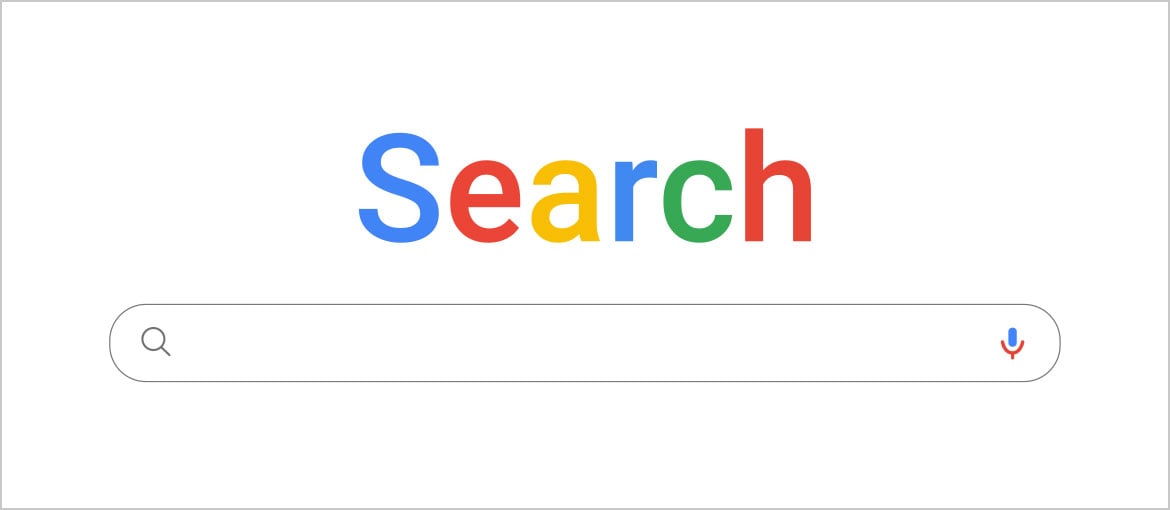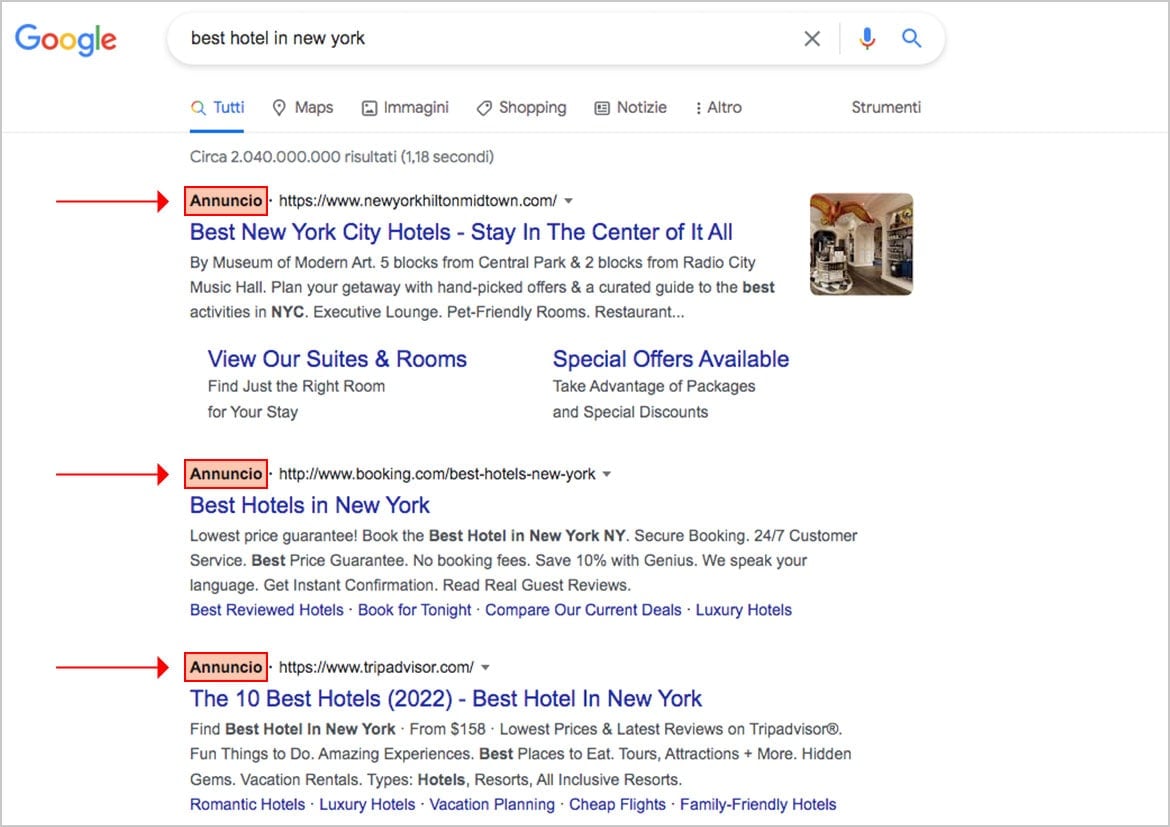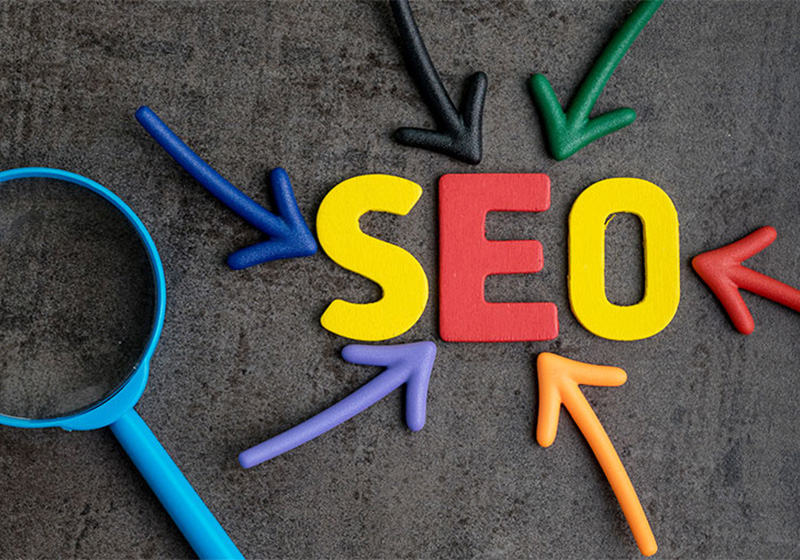Table of Contents
The meaning of SEO and website optimisation: making things clear
If you’ve got a website describing your services, an online shop or a blog to help get your name known, you’ve probably already encountered SEO. Even if it’s just the term ‘SEO’.
You may already know that it’s an essential consideration if you want your website or blog to be visible and produce the desired results. Because it’s so fundamental, we’ve decided to explain as simply as possible (we’ll do our best: it’s a complex subject!) what we mean when we talk about SEO, what it’s for, and why it’s so valuable.
What is SEO?
SEO is an acronym that stands for Search Engine Optimisation. We’ll look at the word ‘optimisation’ in more detail later, but first let’s dive in and provide a clearer definition of SEO itself. SEO is a combination of various actions and strategies that help to increase your website’s visibility on search engines. This all happens organically, without you having to pay to ‘climb the SERP ladder’. ‘What’s a SERP?’, I hear you ask! It stands for ‘Search Engine Results Page’, the page of results you get when you search for a keyword online.
SEO specialists (and digital copywriters) have various strategies for climbing the SERP ladder, involving different aspects of the website, including:
- Optimising its structure for SEO purposes;
- Optimising the HTML code;
- Writing SEO-oriented textual content (this is digital copywriters’ job);
- Managing inbound and outbound links (the links that point to your website and the links on your website pointing to others).

SEO DIAGRAM IMAGE
This all enables the search engine to read and understand your website’s content and give it a quality rating, so that when users use the search engine, they receive relevant answers to the questions (queries) they write in the search bar. And your website could be among the search results – if it is optimised, of course.
What does optimising a website for SEO involve?
Optimisation refers to all the strategies that aim to bring organic traffic (i.e. not resulting from paid advertising) to a website, and to ensure it ranks highly on the SERP. For this to occur, first of all the website and search engine have to communicate. Then the search engine, for example Google (the most commonly used), will connect the queries made by users with the website content.
A practical example of how SEO works
Let’s look at an example: imagine you have an online shop selling natural cosmetics. A user, one of your potential customers, types ‘natural cosmetics’ or ‘organic cosmetics’ into the Google search bar.

if you have done a good job with your SEO, your website will appear on Google’s SERP, hopefully within the first few results on the first page (users only rarely look at subsequent pages). If you achieve this, it means your website is optimised. In content terms, this means the keywords corresponding to users’ searches, and combined with rich and comprehensive content. This work on the content, combined with other SEO strategies, will ensure your website ranks well on the SERP, without you needing to take out paid ads.
At this point, it may be worth making a distinction between SEO and SEM, two acronyms that often go hand in hand.
The differences between SEO and SEM
SEM stands for Seach Engine Marketing, and refers, as you might expect, to marketing techniques carried out through search engines. SEO comes under the umbrella of SEM, but the difference with SEM is that it also includes paid advertising (for example through Google Ads).
SEO and SEM are closely connected: an SEM strategy usually involves an SEO strategy combined with paid advertising. The results they obtain are both different and complementary: the results of an SEO strategy tends to measured over the long term, while paid advertising can produce instant results.
Now we’ve made this distinction, let’s concentrate on SEO, our key topic for today.
SEO activities: on-page and off-page
If you’ve already spoken to an SEO professional, you will probably have heard mention of on-page and off-page SEO. What’s the difference?
On-page SEO includes all the actions that take place on the web page itself, such as optimising the HTML codes, the website structure and the content (both text and images). Off-page SEO, meanwhile, involves analysing and managing links on the site (pointing to external websites) and external links that point to your website. Think about links like roads connecting different websites: the more roads (links) that lead to your website, the more people will arrive. Obviously, to be travelled, these roads also need to be safe and reliable, otherwise the journey will end before getting to the destination. In the same way, it’s a good idea to ensure the links you insert on your website point to secure websites.
As you can see, SEO involves numerous activities, and they are very technical, so there’s no way we could cover all aspects of the topic in this article! With this in mind, let’s look at just one particular aspect, the most important: work on content.

What is SEO copywriting?
SEO copywriting means designing content for a website (or blog) with the right features to be found easily by search engines, so that it attracts traffic.
SEO copywriting includes:
- Searching for and selecting important keywords;
- Investigating the search intentions hidden behind each keyword;
- Creating comprehensive, interesting and useful content;
- Looking at your content’s analytics to see whether or not it’s working, and how well.
All this work is carried out by digital or SEO copywriters.
Where can a good SEO strategy lead?
We’ve now reached the end of our article. Let’s quickly sum up what SEO can do for you:
- Help your website to rank among the top few results on the SERP;
- Get you more qualified traffic, in other words people potentially interested in your products or services landing on your page.
In addition, analysing people’s search intentions and developing content designed to meet your audience’s questions and needs will help to improve the reputation of your brand or business.
This all translates into more opportunities to sell your products and services and a more loyal audience.
It may be a complex job, but whether you’re designing or redesigning your website, now is the time to involve SEO experts in the process. Your investment will pay dividends over time!



